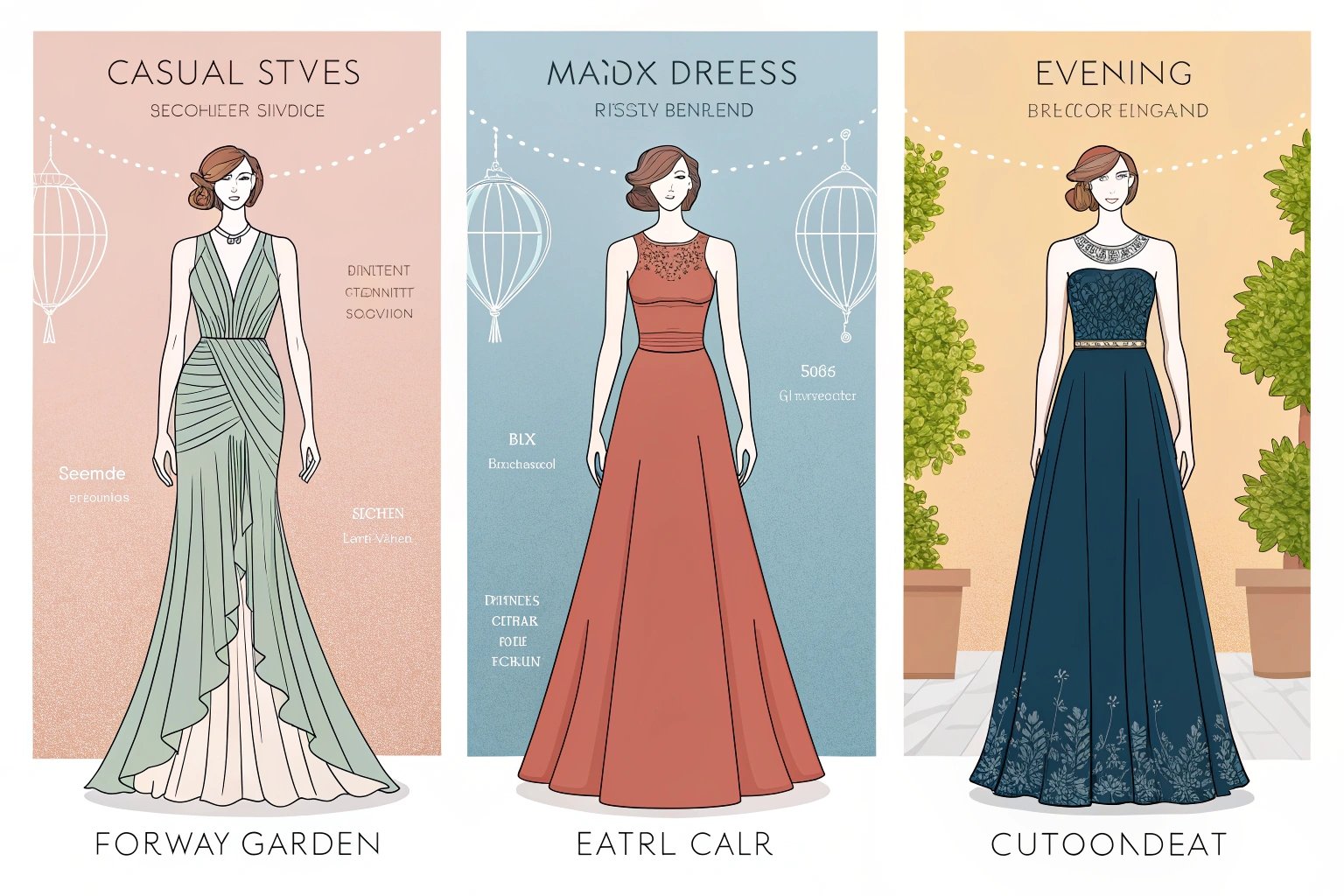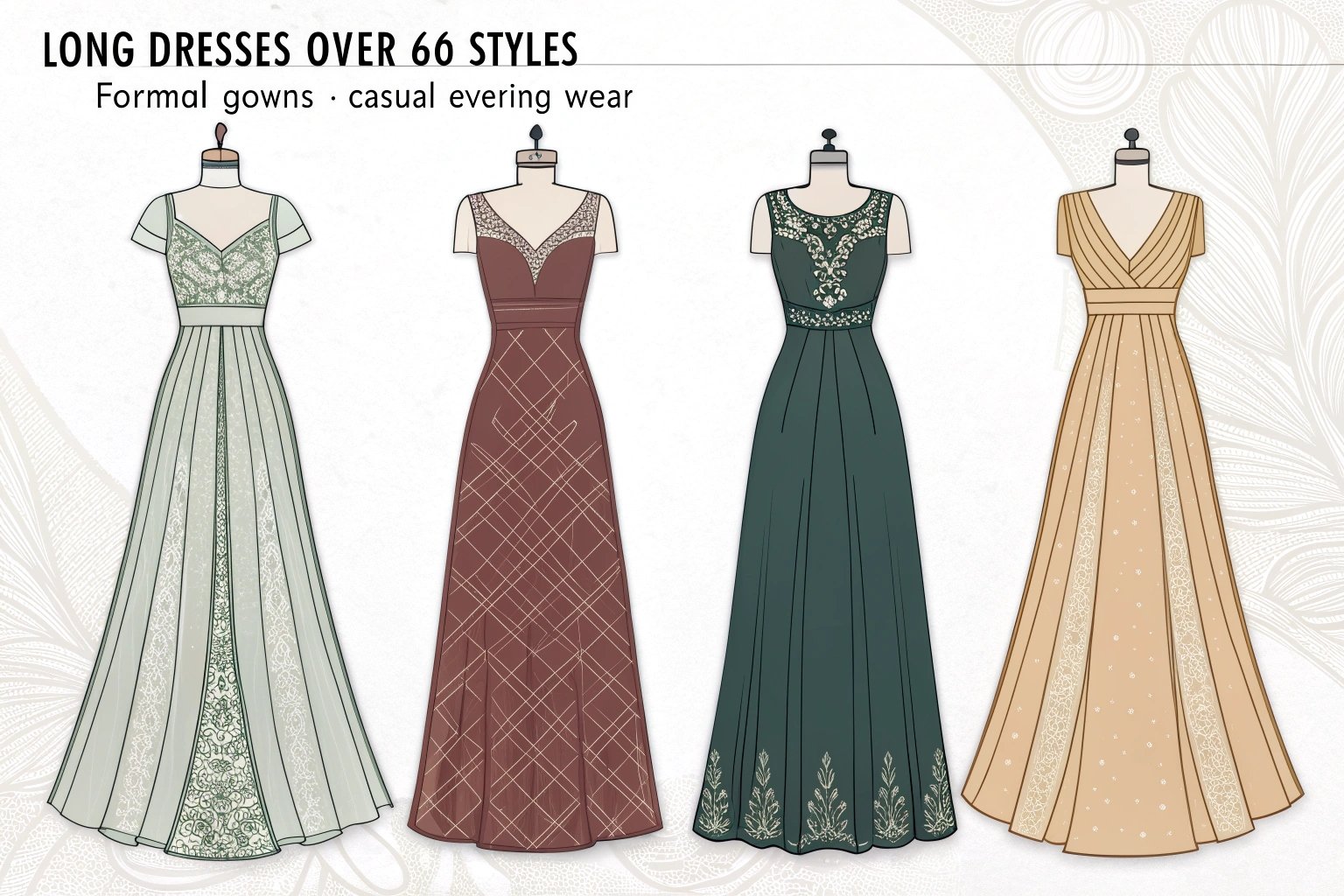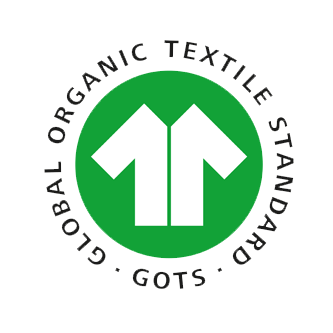As a clothing manufacturer, choosing the right fabric is crucial—especially when balancing quality and affordability. One essential factor in this decision-making process is GSM (grams per square meter). But what exactly is GSM, and how can understanding it help you optimize your clothing manufacturing process?
GSM (Grams per Square Meter) measures fabric density, directly influencing the feel, durability, and price of garments.
By selecting the appropriate GSM, affordable clothing manufacturers can balance quality and cost, meeting customer expectations1 while maintaining competitive pricing.
In this comprehensive guide, we’ll explore what GSM means, its importance in manufacturing affordable clothing, and how to choose the right GSM for your garments.
What Is GSM and Why Is It Important in Clothing Manufacturing?
GSM is a critical factor in fabric selection, influencing everything from garment quality to overall production cost. Understanding GSM helps manufacturers and brands create products that meet specific consumer needs and budget constraints.
 Quality Fabric Inspection
Quality Fabric Inspection
What Does GSM Stand For in the Textile Industry?
GSM stands for "Grams per Square Meter," a standard measurement that indicates fabric density and weight. A higher GSM number typically means a thicker, heavier, and potentially more durable fabric. In contrast, lower GSM values signify lighter and thinner fabrics, often ideal for casual or lightweight apparel.
How Does GSM Impact Fabric Thickness and Quality?
The GSM value directly correlates with fabric thickness2, comfort, and durability:
- Low GSM (100–150): Lightweight, breathable, suitable for summer wear.
- Medium GSM (160–250): Versatile for casual wear and moderate durability.
- High GSM (260+): Thick, durable, ideal for outerwear and hoodies.
By understanding these ranges, manufacturers can precisely target their desired quality level and production costs.
How Do Cheap Clothing Manufacturers Use GSM in Production?
Affordable clothing manufacturers heavily rely on GSM to manage production costs while delivering suitable quality. GSM provides clarity in material costs, allowing for precise budgeting and pricing strategies.
Why Do Manufacturers Rely on GSM to Determine Fabric Cost?
Manufacturers use GSM to quickly estimate fabric weight, usage, and overall material cost. Fabrics with higher GSM use more raw materials, making them costlier. Conversely, lower GSM fabrics require fewer materials, reducing overall costs—essential for budget-conscious manufacturing3.
How Does GSM Affect Pricing for Low-Cost Clothing Production?
Selecting a lower GSM fabric often helps reduce garment costs, enabling manufacturers to produce affordable clothing while maintaining acceptable quality standards. Conversely, opting for higher GSM increases costs, justified only if consumers are willing to pay extra for enhanced quality.

What Are the Common GSM Ranges for Different Types of Clothing?
Choosing the right GSM depends heavily on the type of garment you are manufacturing. Here’s a quick reference guide to common GSM ranges for popular apparel categories:
| Apparel Type | Ideal GSM Range | Common Use |
|---|---|---|
| T-Shirts | 120–180 GSM | Lightweight, casual wear |
| Polo Shirts | 180–220 GSM | Moderate durability, semi-formal |
| Hoodies | 260–320 GSM | Warmth, durability, comfort |
| Activewear | 150–220 GSM | Lightweight, breathable, moisture-wicking4 |
What GSM Is Ideal for T-Shirts, Hoodies, and Activewear?
- T-Shirts (120–180 GSM): Lightweight fabrics offer breathability, perfect for everyday casual wear.
- Hoodies (260–320 GSM): Thicker GSM provides warmth, comfort, and long-lasting durability.
- Activewear (150–220 GSM): Ideal GSM ensures breathability, moisture control, and sufficient durability for frequent use.
Understanding these specific ranges ensures manufacturers meet market expectations and consumer preferences.
Why Does GSM Matter for Affordable Clothing Brands?
For budget-friendly clothing brands, selecting the correct GSM can significantly impact profitability, customer satisfaction, and product reputation.
How Can Understanding GSM Help You Choose Cost-Effective Fabrics?
Choosing a lower GSM can substantially reduce costs, particularly beneficial for brands targeting price-sensitive markets. Conversely, investing slightly higher GSM for durability can attract customers seeking quality at affordable prices, improving brand loyalty and reputation.

What Role Does GSM Play in Balancing Quality and Price?
The right GSM helps brands strike a balance, offering affordable products without compromising on perceived quality. Selecting appropriate GSM ensures clothing durability matches customer expectations, enhancing long-term satisfaction5.
- Benefits of Correct GSM Selection:
- Cost control and efficient budgeting.
- Improved consumer satisfaction.
- Enhanced competitive positioning.
How to Choose the Right GSM When Working with Cheap Clothing Manufacturers?
Choosing an optimal GSM involves carefully considering your brand’s positioning, product goals, and customer expectations.
What GSM Is Best for Durability Without Increasing Costs?
To balance durability and cost-efficiency, manufacturers often choose medium GSM ranges (160–220 GSM). These offer reasonable quality and comfort without significantly increasing production costs, ideal for mass-market apparel.
- Recommended GSM Ranges:
- Casual Wear: 160–200 GSM
- Activewear: 180–220 GSM
- Hoodies and Outerwear: 280–320 GSM
How Can Negotiating Fabric GSM Lower Your Manufacturing Budget?
Effective GSM negotiation can help reduce material costs without sacrificing product appeal. Here are strategies to optimize GSM costs:
| Negotiation Strategies | Benefits |
|---|---|
| Bulk purchasing of mid-range GSM | Reduced cost per meter |
| Use slightly lower GSM fabrics | Significant overall cost savings |
| Consolidating orders | Increased negotiation power |
By applying these strategies, brands achieve better pricing without major compromises.
Conclusion
Understanding GSM enables affordable clothing manufacturers6 to optimize product quality, control costs, and enhance customer satisfaction. Selecting the appropriate GSM is a balancing act, directly influencing garment appeal, production expenses, and overall profitability. By mastering GSM considerations, brands can produce competitively priced garments that attract consumers and foster long-term loyalty.
-
Understanding customer expectations is vital for manufacturers; this link provides valuable insights. ↩
-
Understanding fabric thickness is key to producing high-quality garments; explore this resource for insights. ↩
-
Learn about budget-conscious manufacturing practices that help brands maintain quality while reducing costs. ↩
-
Discover the benefits of moisture-wicking fabrics for activewear and how they enhance performance. ↩
-
Understanding the link between fabric choice and customer satisfaction can enhance brand loyalty. ↩
-
Discover effective strategies that budget-friendly clothing manufacturers employ to balance cost and quality. ↩









